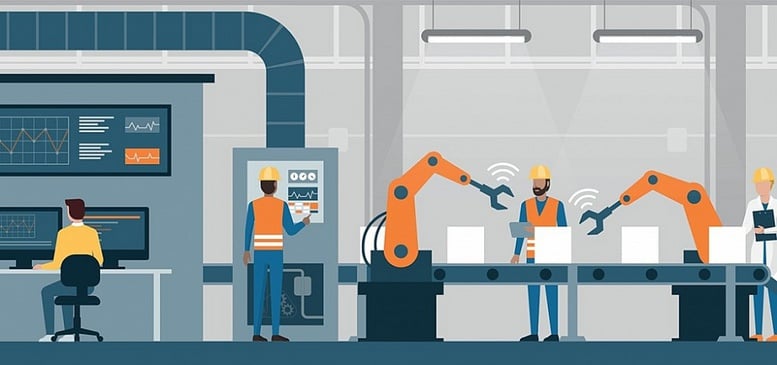
Singapore's Networked Trade Platform model.
Many successful international models
Many international models have been successful in applying digital technology and big data to customs operations, notably in Singapore, South Korea and Japan. These experiences not only reflect the maturity of digital infrastructure, but also show how countries shape a Smart Customs model based on data governance, system integration and technological innovation.
Experts believe that digital transformation plays a central and strategic role in the process of building a smart Customs model in Vietnam. This is not just an extension of the traditional computerization process, but a comprehensive shift in thinking, operating models and decision-making methods in customs management.
However, for this process to be sustainable and effective, there needs to be synchronization between data, technology, people and legal institutions. In particular, standardizing and connecting data between agencies such as Customs, Tax, Banks and specialized management is a prerequisite for forming a comprehensive digital customs ecosystem.
Typically, Singapore is one of the pioneering countries in building smart e-Customs with an integrated trade transaction platform (Networked Trade Platform - NTP). NTP is designed as an integrated trade transaction - logistics ecosystem operated by Singapore Customs. This system allows businesses to submit electronic documents, exchange data with multiple management agencies and logistics partners, and share information in real time.
NTP has replaced previous individual systems, helping to reduce procedures, shorten customs clearance times and save significant costs for businesses. In particular, the platform is built on an open architecture, allowing external developers to exploit and develop additional applications, thereby forming an environment of continuous innovation in the national trade ecosystem.
In Korea , the UNI-PASS Comprehensive Electronic Customs System is considered one of the most successful Smart Customs models in Asia. The UNI-PASS system, operated by Korea Customs Service, integrates the entire business process from declaration, supervision, warehouse management, to border control.
It is known that UNI-PASS applies big data technology, artificial intelligence and risk analysis modules to automate almost all customs clearance activities. The “Single Window” mechanism allows management agencies to coordinate and process documents on a unified platform, helping to increase transparency, reduce duplication and shorten processing time. This system not only operates effectively domestically but is also exported to many developing countries, demonstrating the ability to standardize and share Korea's model.
Notably, Japan pursues a multi-sector digital connectivity strategy in the trade and customs sectors, through End-to-End Trade Digitalization projects.
The JapanIndonesia Digital Trade Corridor project is a typical example, deployed to test a digital trade corridor between the two countries. This model allows parties to share online data on transportation, documents and customs declarations, thereby speeding up the circulation of goods, reducing costs and improving the transparency of the international supply chain.
Japan's focus on cross-border connectivity reflects a vision of expanding e-customs beyond the national level, towards a digitalized global trade ecosystem.
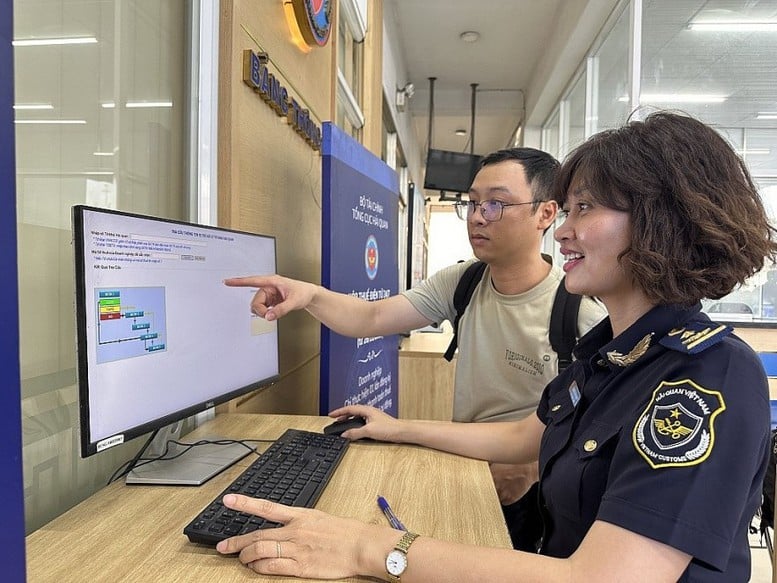
Vietnam Customs will transform from an electronic model to a fully digital model, in which data, technology and human digital capacity are three key pillars.
Orientation for Vietnam Customs
According to the orientation of the Customs Development Strategy to 2030, Vietnam Customs will transform from an electronic model to a fully digital model. In which data, technology and human digital capacity are three key pillars.
On that basis, Vietnam Customs is currently building a comprehensive digital Customs architecture and standardizing inter-sectoral data. The Customs Department believes that the completion of the comprehensive digital Customs architecture will serve as a reference framework for connecting, sharing and integrating data between agencies inside and outside the Finance sector (tax, banking, logistics, specialized management, etc.).
In addition, standardizing data formats, business processes and shared catalogs will help form an interconnected data ecosystem, ensuring consistency, integrity and future scalability. This is a prerequisite for implementing data-driven customs management.
According to many experts, the Customs authority needs to build a centralized data analysis center (Customs Data Analytics Hub) to synthesize, process and analyze data from many sources such as customs declarations, transportation, tax, banking, and international trade data. The application of big data analytics and machine learning techniques will help the system to identify high-risk transactions, businesses or shipments early, thereby transforming risk management from a reactive model to a proactive forecasting model.
At the same time, promote the application of new technologies in monitoring, inspection and traceability. The application of AI, IoT and Blockchain needs to be strongly promoted and have a specific roadmap. AI can support container image recognition, automatically detect abnormal behavior; IoT allows real-time monitoring of goods journeys through electronic positioning seals; while Blockchain helps ensure the authenticity and transparency of electronic documents, especially electronic certificates of origin (eC/O). Notably, it is necessary to expand current pilot projects into national-scale application models, integrated into a unified digital Customs platform.
Currently, regulations on electronic documents, information security, identification and cross-border data storage are still fragmented. Therefore, it is necessary to complete the legal framework for electronic transactions and big data, which clearly defines the responsibilities, powers, and data control mechanisms of the parties involved. The legal system needs to ensure two parallel principles: facilitating technological innovation while maintaining transparency, safety and security of national information.
Source: https://baochinhphu.vn/chuyen-doi-so-tu-kinh-nghiem-quoc-te-den-dinh-huong-cho-hai-quan-viet-nam-102251120173439386.htm


![[Photo] Visit Hung Yen to admire the "wooden masterpiece" pagoda in the heart of the Northern Delta](/_next/image?url=https%3A%2F%2Fvphoto.vietnam.vn%2Fthumb%2F1200x675%2Fvietnam%2Fresource%2FIMAGE%2F2025%2F11%2F21%2F1763716446000_a1-bnd-8471-1769-jpg.webp&w=3840&q=75)

![[Photo] President Luong Cuong receives Speaker of the Korean National Assembly Woo Won Shik](/_next/image?url=https%3A%2F%2Fvphoto.vietnam.vn%2Fthumb%2F1200x675%2Fvietnam%2Fresource%2FIMAGE%2F2025%2F11%2F21%2F1763720046458_ndo_br_1-jpg.webp&w=3840&q=75)

![[Photo] General Secretary To Lam receives President of the Senate of the Czech Republic Milos Vystrcil](/_next/image?url=https%3A%2F%2Fvphoto.vietnam.vn%2Fthumb%2F1200x675%2Fvietnam%2Fresource%2FIMAGE%2F2025%2F11%2F21%2F1763723946294_ndo_br_1-8401-jpg.webp&w=3840&q=75)
![[Photo] National Assembly Chairman Tran Thanh Man holds talks with President of the Senate of the Czech Republic Milos Vystrcil](/_next/image?url=https%3A%2F%2Fvphoto.vietnam.vn%2Fthumb%2F1200x675%2Fvietnam%2Fresource%2FIMAGE%2F2025%2F11%2F21%2F1763715853195_ndo_br_bnd-6440-jpg.webp&w=3840&q=75)


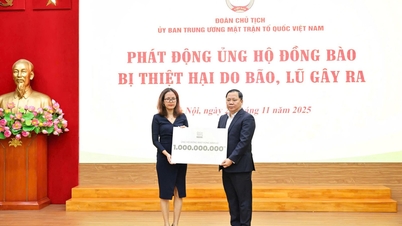



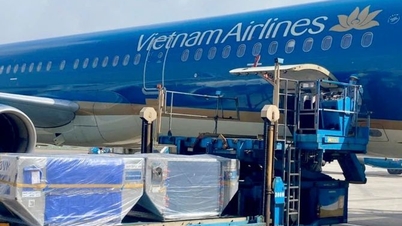

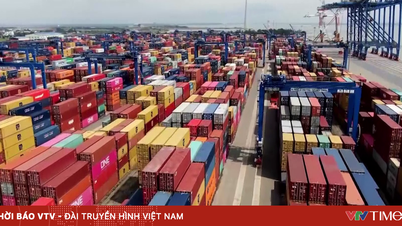





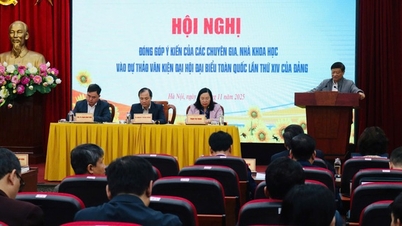

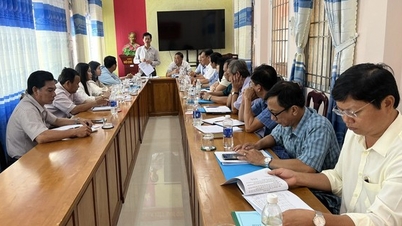


























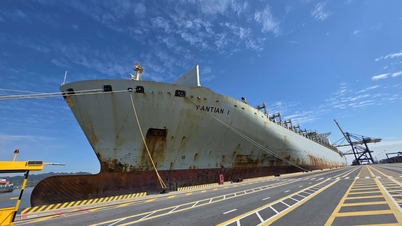



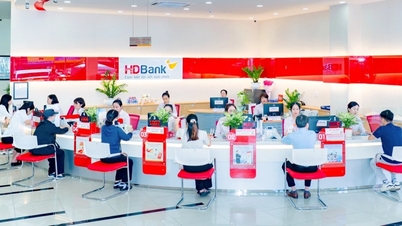










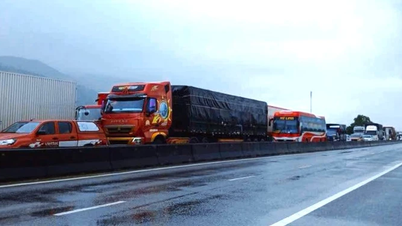



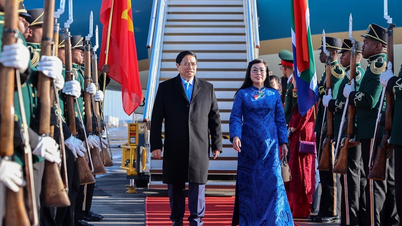

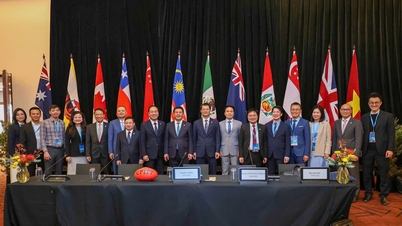




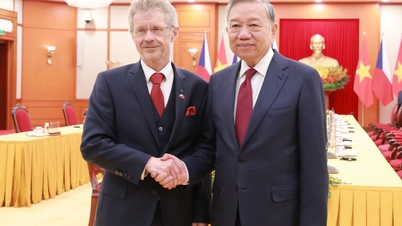


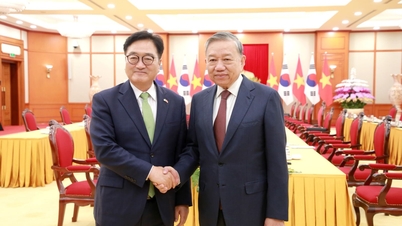





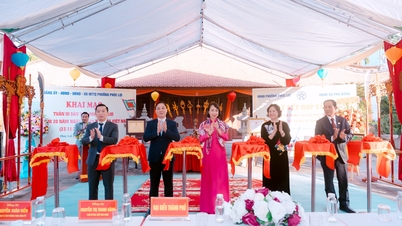

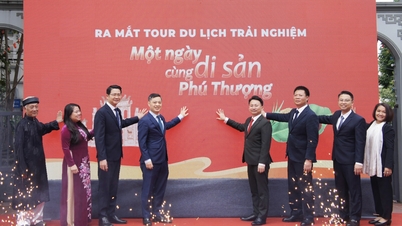
















Comment (0)